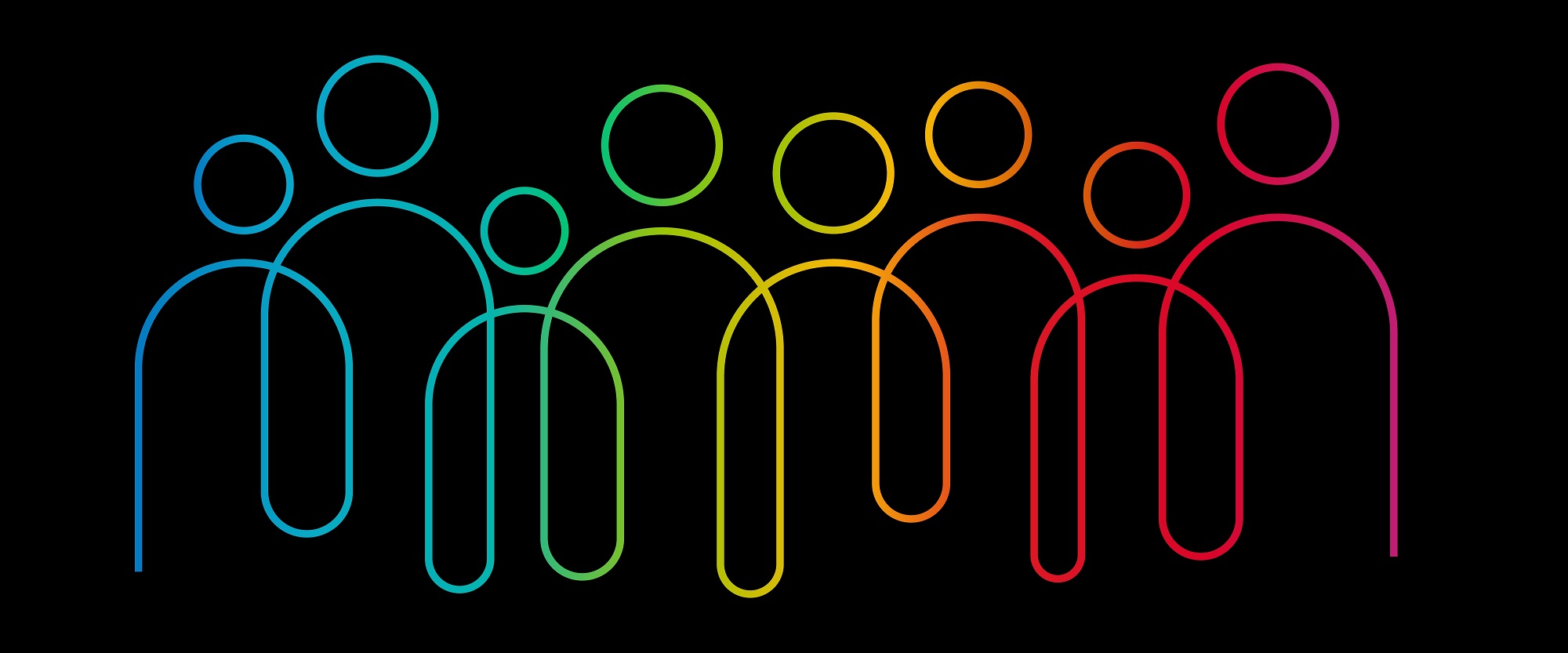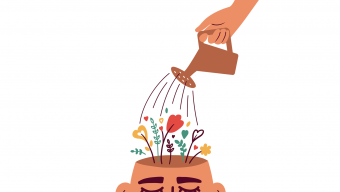A few years ago, while discussing an upcoming social event, a coworker who was new to the company asked me Are you coming with your wife? That simple, seemingly innocent question triggered insecurities in me that I did not realize I had. For many years, I have been out and comfortable with my sexual orientation and I am sure the question was well-intentioned, but it still put me in an awkward position. It also made me think quite a bit about the importance of diversity and inclusion education and how we value it. I could not help but wonder what would have happened if a similar question had been asked to a more junior team member or to someone not yet as comfortable being out. These and other attitudes prevent many of us from bringing our best selves to work every day.
It is important that all members of a team bring their best and most authentic self to work because this is what leads to the greatest levels of engagement, connection, performance, and – dare I say – happiness. Despite being out in their personal lives more than 40% of employees who are LGBTQ+ go back into the closet when they start their career. This is not only unfortunate for these individuals on a personal level, to put it mildly, but it does a great disservice to the companies where they work. It has been demonstrated that the differences each person brings to a certain group strengthen that culture, helps to create better products, and grow the business. In fact, diverse companies consistently outperform their less diverse counterparts.
When LGBTQ+ employees begin their career – or even start a new job – they face several challenges that have the potency to send them back into the closet, at least at the workplace. Among these hurdles, the most common are centered around coming out, discrimination, and microaggression.
- Coming out: Unlike what the film industry might have us believe, coming out does not happen but once. Rather, people who are open at work about being LGBTQ+ often have to come out repeatedly and even, in some cases, several times a week. It is likely that any new group or colleague that these people meet might assume facts about their personal lives that, if not corrected immediately, have the potential to spiral into assumptions and create a dynamic that is not genuine for the LGBTQ+ team member. If the person is already out, he or she may feel compromised by not being out at their workplace, thus making it necessary for them to come out again and again in order to feel like their true self at work.
- Discrimination: For the privileged among us, it may seem like discrimination is something of the past. However, just 57% of Fortune 500 companies offer benefits for domestic partners. Furthermore, even when the organization has similar benefits for LGBTQ+ families, these benefit outlines don’t always govern vendors, and rarely client behavior.
- Microaggression: A significant source of insecurity and self-doubt, microaggression against LGBTQ+ individuals happens in the workplace more often than we might think. Sometimes those microaggressions do not start with the intention of causing hurt but are instead the result of company culture and historical behaviors. These commonly take the shape of assumptions about someone’s personal life and can be as simple as asking after a partner. For example, when I moved to a new city, I was asked if my wife had made the move with me. The right question would have been Did you move with anyone? which assumes you might be partnered, or even better How was your move? Then, of course, there are the most obvious of microaggressions, which come in the form of jokes that attack a certain minority.
The challenge then becomes how to create a friendlier workplace that ensures each person can be their true self without constant struggle on their part. A more accepting and diverse environment for LGBTQ+ employees means that leaders must develop comprehensive policies, set a meaningful public example, and educate their teams and coworkers. This is an ongoing process.
In order to successfully ensure inclusivity for all team members, leaders must intentionally, deliberately, and proactively consider every team member – failing to do so will unintentionally exclude.
Furthermore, as organizations increase their diversity, so does the complexity of inclusion. As new and more diverse members join the team, the practices and policies that brought those people into the organization will cease to be enough and must be updated to include the new team members. It is indeed a challenge, but it is precisely this challenge that makes beauty out of the process of inclusion and builds a truly embracing culture.
In order to successfully ensure inclusivity for all team members, leaders must intentionally, deliberately, and proactively consider every team member – failing to do so will unintentionally exclude. Here are some suggestions based on my own personal experiences as well as my work at Google:
- Refer to LGBTQ+ relationships in the same way you would to any other relationship. Furthermore, try to avoid asking questions that come with an implicit answer. Instead of Are you coming with your husband? try Are you coming with someone?
- Use gender neutral language in all your communication and be mindful of pronouns when referring to team members, colleagues, or anyone connected to your organization (or in your life.)
- Inspire confidence in your commitment to LGBTQ+ by showing visible signs of support, including participation in relevant networks, and encourage team members to do the same. More often than not, these support groups are very popular and build community within the organization. For example, Google’s Pride and Trans groups have more than 50 global chapters representing thousands of employees.
- Educate your team on diversity and inclusion issues by making training widely available, on topics like unconscious bias, diversity, and microaggressions, and look for ways to protect the community from harmful content. Google’s hate speech policy, as an example, specifically prohibits any YouTube videos that somehow justify discrimination, segregation or exclusion based on attributes like age, gender, race, caste, religion, sexual orientation, or veteran status.
- Support product inclusion and foster belonging through your company’s products. Not only will employees know they are creating something meaningful and inclusive for customers, but this will enable other businesses and organizations to also reach out to the LGBTQ+ community. The Google Maps and Search function allows users to see whether businesses in their area have gender-neutral restrooms or identify as LGBTQ+ friendly. On Google Arts & Culture, users can learn about prominent LGBTQ+ artists, view 5,000 photographs of LGBTQ+ history from Leonard Fink and revisit the first 15 years of Pride.
- Financially support LGBTQ+ events and initiatives like OutRight Action International’s “Covid-19 Global LGBTIQ Emergency Fund” which responds to the needs of LGBTQ+ people and communities affected by Covid-19. Another worthy initiative is the Transgender Law Center and the Transgender Legal Defense & Education Fund, which provides critical community resources and continue the fight against discrimination based on gender identity and expression.
Thinking about that event that happened to me a few years back – Are you coming with your wife? – I realize that I was lucky that it occurred to me when I was at a point in my life when I could see it for what it was: an unintentionally non-inclusive question. It is my hope that more people around the world, every company, school, association, and group become increasingly aware of the importance of diversity and take it upon themselves to continually learn more – and help others learn – about how to reflect inclusivity in their language, actions, and work. Inclusivity is fundamental if we want to progress as a society, and we all share equally in this responsibility.
© IE Insights.






